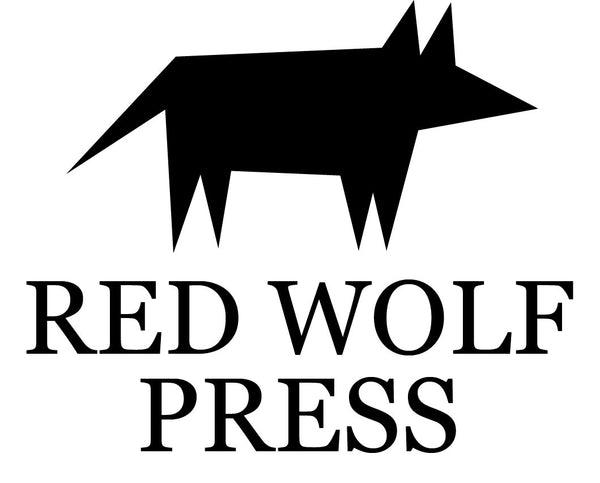Deer are amazing animals! North America is home to a vibrant collection of wildlife that range from small to large animals, including deer. Outdoor and wildlife enthusiasts of all ages will love learning more about these fascinating creatures, their eating habits, and their special abilities.
If you have a curious kid who can’t get enough of the outdoors, share these ten facts about deer with them. Whether you go deer hunting in the fall or you simply enjoy spotting them in the wild, these facts will help you appreciate these incredible animals even more.
Deer have an excellent sense of smell.
They have large nasal passages and can smell 500-1000 times better than a human. Their incredible noses help them find food, avoid predators, and communicate with each other.
Deer could win the high jump competition.
Whitetail deer can jump up to 8 feet high when they are standing still. That’s the same as the high jump world record! If whitetail deer get a running start, they can jump up to 12 feet high!
Deer have antlers, not horns.
All deer species have antlers. Deer shed their antlers every winter and regrow them in the spring. If you’re lucky, you can sometimes find antlers on the ground that deer have shed.
On the other hand, horns are permanent and do not shed.
Deer are picky eaters.
They mostly consume plants that are low in fiber and high in protein. They chow down on grasses, bushes, acorns, mushrooms, and crops like corn and soybeans. If a deer needs extra protein in their diet or struggles to find enough food, they will sometimes eat meat, too.
Deer usually have one or two babies at a time.
The first time a deer has a baby, she usually has only one. After that, twins are the most common. Sometimes, deer have triplets, but it doesn’t happen very often.
Antlers take a long time to grow.
While it depends on the species of deer, a whitetail buck spends about 100 days (give or take a couple of weeks) growing their rack. The growing season lasts from mid-April until August. Then, the velvet dies and the antlers turn hard. Once the buck rubs all the velvet off, the antlers are finished and ready for the fall.
Keep in mind that there are many species of deer in the world, and some antlers will take more time to grow, and some will take less time.
There are five main deer species in North America.
North America is home to five deer species: whitetail, mule deer, caribou, elk, and moose. There are many subspecies, such as the blacktail deer (a subspecies of mule deer) and the key deer (a subspecies of whitetail deer).
Moose are the largest deer species in the world.
Did you know that elk and moose are part of the deer family? Moose are the largest deer species in the world, with the bulls (adult males) standing almost six feet tall and weighing up to 1600 pounds!
There are millions of deer in North America.
Deer populations have rebounded and the animals are thriving (with one exception). This is mostly thanks to hunters and other conservationist efforts over the last century. Here are how many deer of each species live in North America:
-
Whitetail deer population: 30 million. That’s the same as it was before the colonists arrived in North America!
-
Mule deer population: 4 million. This number can fluctuate quite a bit depending on their habitat conditions each year.
-
Caribou population: 3 million. Almost all caribou populations are at risk now due to climate change.
-
Elk population: 1 million. This is a fraction of the pre-colonial population, but elk have made a remarkable recovery and are not currently at risk of extinction.
-
Moose population: 1 million. Most moose live in Canada and Alaska, but they can also be found in the lower 48 states of the United States.
Male and female deer have different names.
For whitetail deer and mule deer, a male is called a buck and a female is called a doe. A baby deer is called a fawn.
For elk, caribou, and moose, a male is called a bull and a female is called a cow. A baby is called a calf.
For kids who enjoy the outdoors or are getting ready to go on their first deer hunt, check out Deer Hunting for Kids: A Beginner’s Guide to Hunting Whitetail and Mule Deer by Andrew McMurdie. They’ll find lots of facts about deer, hunting tips, and even a packing list. It’s a great way to get kids excited about deer hunting season!

Deer Hunting for Kids: A Beginner's Guide to Hunting Whitetail and Mule Deer
by Andrew McMurdie
$12.99




